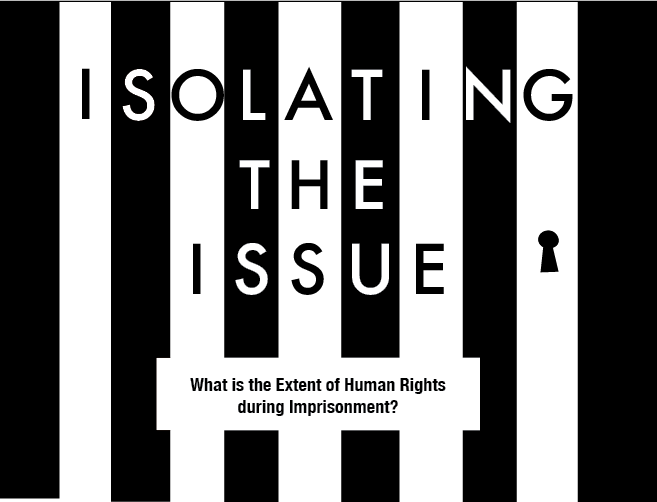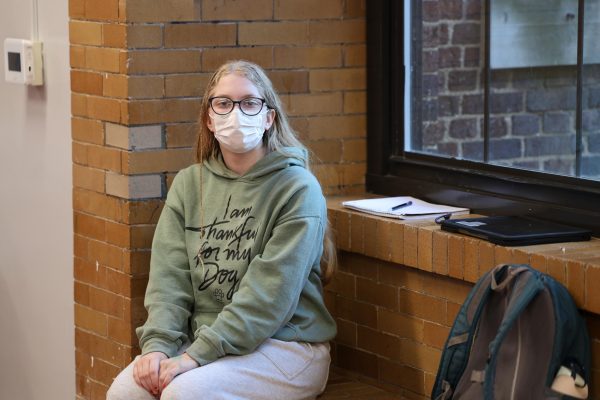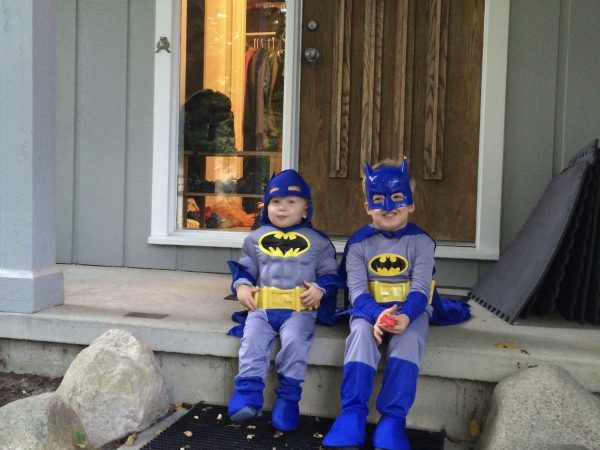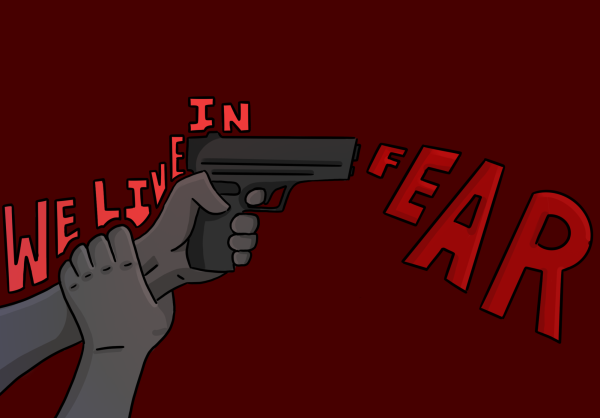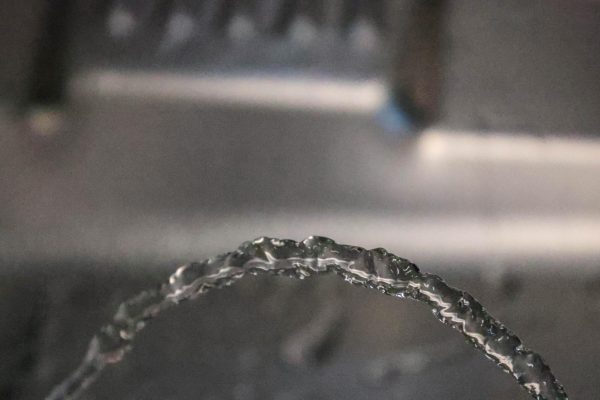Solitary Confinement: More Hurt than Help?
“I had failed at being a son, I had failed at being a father, I had failed at being a brother. I had failed at everything in life that meant anything to me.” In 1985, Ronald Simpson-Bey was incarcerated on a 50 year sentence. Like many prisoners, he moved from prison to prison, enduring mistreatment and at times being held in solitary confinement. But something in particular made Simpson-Bey different than your typical prisoner; he was innocent. Twenty-seven years later, in 2012, Simpson-Bey was released. Now he uses his experience to speak out against mass incarceration and advocate for prison reform.
But this is not a story about wrongful convictions. “It’s very easy for us all to say ‘people shouldn’t go to prison for no reason’,” said Margo Schlanger, Professor of Law at the University of Michigan Law School. “I want to ask about the 60 percent of people who are in prison for doing things that really are destructive. I want to ask about that because if we don’t confront the majority of prisoners that are there for something that really is destructive, we are not confronting mass incarceration.”
So if real criminals are suffering why is it our responsibility to care? As tempting as it is to isolate them both physically and societally, the truth still stands that prisoners are people. Murderers are people, thieves are people, rapists are people, just as their victims are. This poses a problem for the justice system, as it is much simpler to throw someone in a cage than it is to treat them as a member of society. According to Simpson-Bey, around 95 percent of prisoners return to their community after incarceration. They are returning angry and disoriented when we need them to be functioning members of society.
While there seems to be no easy solution to this issue, abolishing solitary confinement and similar forms of prison torment is a crucial first step. Solitary confinement – also known as “the SHU” (Security Housing Units) – entails complete isolation for 22 or more hours a day, usually in a bare cell lacking windows or any source of activity. For one held in this condition, the only source of human contact would usually be guards to escort prisoners from shower to cell and the occasional cry from a nearby inmate. Prisoners in solitary confinement can remain there anywhere from days to years. Some are isolated for unimaginably long periods, like that of a client of Professor Schlanger, who remained in the SHU for around a decade.
Currently, around 80,000 prisoners are being held in solitary confinement in the US. This type of treatment is a clear human rights violation from every angle. Its effects on a prisoner’s mental health are devastating, causing Post Traumatic Stress Disorder, suicidal behavior, paranoia, hallucinations and other problems which continue even after release. Isolation has been proven to disrupt developing brains, like those of juvenile inmates. In despair, even those with no previous mental illness begin to harm themselves, becoming rageful and disoriented. According to a study by the American Civil Liberties Union (ACLU), some inmates resort to self harm and suicidal behavior, occasionally just to receive attention from guards or medical staff.
“It definitely amplifies anger,” Simpson-Bey said, reflecting on his own experiences in the SHU. “Prison in general amplifies anger. Solitary confinement just exacerbates that anger because you reach a level of hopelessness and despair. When you [reach] hopelessness as a human, you descend into depravity, you descend into animalistic behaviors.”
So if we know the consequences, why are these methods still used today? Often, inmates are placed in solitary confinement for anything from violence to simply having a mental illness. According to the ACLU, some juvenile prisoners who are held in adult prisons – another issue within the system – are confined supposedly for their own safety. To separate the vulnerable minors from adult inmates, the juveniles are isolated for long periods of time.
Luckily, their suffering is not going unnoticed. Humans rights organizations like the ACLU, Human Rights Watch and American Friends Service Committee have taken on the issue, performing studies and collecting data on what really happens behind prison bars. This September, one of the largest hunger strikes in the history of the United States occurred in prisons across 24 states. Additionally, bills have been proposed across the country and some states actually have reformed their laws. Some prisons have taken steps forward, and some have taken leaps back, like Michigan prisons trading personal family visits for unreliable virtual “visits” using iPads. ,
Still, American prison laws need to change, as well as the way they are executed within prison walls. Being incarcerated may mean the loss of freedom, but it should not mean the loss of simple human rights. Even those who have never committed a crime are affected by our prison systems. As Nelson Mandela – who had experienced the injustice of his own country’s justice system – said, “No one truly knows a nation until one has been inside its jails. A nation should not be judged by how it treats its highest citizens, but its lowest ones.”
Sources;




